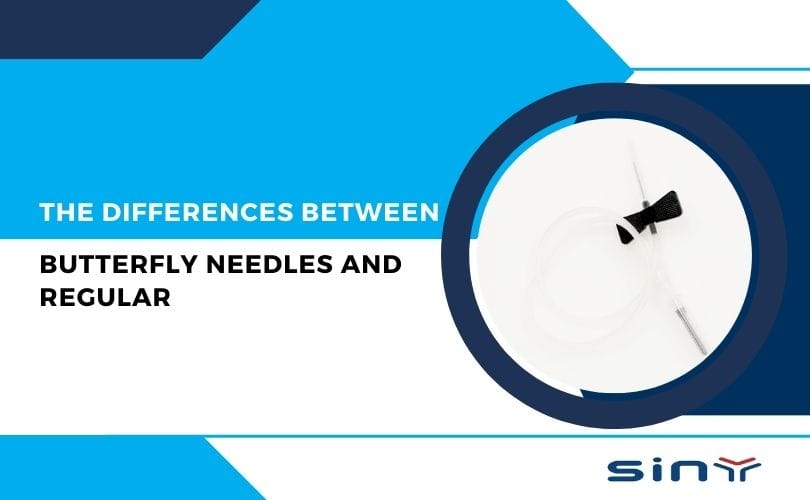As a healthcare provider, it’s important to understand the safe limits of blood draws. Know how many tubes can be drawn at once to prevent complications like anemia, fainting, or excessive bleeding. This guide will provide practical tips to ensure a safe, comfortable patient experience by exploring factors determining how many blood tubes can be drawn at once.
Table of Contents
Factors that Affect Blood Draw Limits
The amount of blood that can be safely drawn from a patient depends on several factors, including age, weight, and overall health. Here are some key factors to consider when determining How many tubes of blood can be drawn at once:
Age and Weight
For younger patients and those with lower body weight, fewer vials of blood may be safe to draw at once. This is because the blood in the body is proportional to body weight. For example, a child weighing 30 kg may only be able to safely give one or two vials of blood at once, while an adult weighing 70 kg may give up to four.
Health Status
Patients with certain medical conditions may not be able to give as much blood at once. For example, individuals with anaemia or blood disorders may have a lower blood volume and should not give as much blood. Similarly, patients with cardiovascular disease may not be able to tolerate as much blood loss during a blood draw.
Medications and Supplements
Certain medications and supplements can affect the amount of blood that can be safely drawn. For example, blood thinners can increase the risk of bleeding during a blood draw, while iron supplements can increase the amount of blood that can be safely taken.
Tips for Safe Blood Draws
To ensure a safe and comfortable blood draw experience for your patients, follow these tips:
Determine the Patient’s Health Status
Before drawing blood, assess the patient’s overall health status, including any medical conditions, medications, and supplements they may take. This will help you determine How many tubes of blood can be drawn at once.
Use Appropriate Equipment
Using the right equipment can help prevent complications during a blood draw. Ensure that you have the right size needle and tubing for the patient’s vein and that all equipment is sterile and in good condition.
Monitor Patient During and After Blood Draw
While drawing blood, closely monitor the patient for discomfort, such as fainting or dizziness. After the blood draw, ensure that the patient is feeling well and provide them with appropriate care instructions.
Know When to Stop
If the patient begins to feel uncomfortable or shows signs of distress during the blood draw, stop immediately and seek medical attention if necessary. Keep the limits of how much blood can be safely drawn.
Conclusion
In summary, How many tubes of blood can be drawn at once depends on various factors, including age, weight, health status, and medications. Following the tips outlined in this guide can help ensure a safe and comfortable blood draw experience for your patients. Always prioritize patient safety and well-being, and don’t hesitate to seek medical attention if necessary.
FAQ
Q: How many tubes of blood can be drawn at once?
A: The number of vials of blood that can be drawn at once depends on various factors, including the patient’s age, weight, health status, and the purpose of the blood draw. Generally, a maximum of four to five vials of blood can be safely drawn at once for an adult. However, it is always best to consult with a healthcare professional.
Q: Is it normal to feel lightheaded after a blood draw?
A: It is common to feel lightheaded or dizzy after a blood draw, especially if a large amount of blood has been taken. This is because the body is adjusting to the change in blood volume. However, if the symptoms persist or worsen, it is important to seek medical attention.
Q: How can I prepare for a blood draw?
A: To prepare for a blood draw, it is important to stay hydrated by drinking plenty of water before the procedure. Additionally, patients should inform their healthcare provider if they are taking medications or supplements, as some can affect blood test results.
Q: Can I eat before a blood draw?
A: It depends on the type of blood test that will be performed. Some tests require fasting, while others do not. You should check with your healthcare provider beforehand to determine whether fasting is required and how long before the blood draw should be performed.
Q: Can blood draw cause an infection?
A: While rare, it is possible to develop an infection after a blood draw. This can occur if the equipment is not sterile or the skin needs to be properly cleaned before the procedure. To reduce the risk of infection, healthcare providers should always use sterile equipment and follow proper hygiene protocols.



























































